Sunday Ramble in Memory Garden
What's a seiche? Remembering Bloomington Indiana; Who was Alfred C. Kinsey? Collecting pop bottles; Last Race of the Fall Series
We’re home, back from the Lake, catching our breath and enjoying the early Michigan Fall. The wind has been the story here this week. It literally blew us off Lake Erie on Wednesday night, the last race of the Fall Series.
We had just put up the main, heading off the wind and preparing to go downwind towards the starting line when a westerly blast knocked us down with a punch. I tried to reach off but even with just the main up we were overpowered. I luffed Encore upwind under main alone as we fought the blast.
Finally we ran downwind. We had nine brave souls aboard as we headed to the starting line, including two newbies.
Check out the wind gust as recorded at Toledo Light, about 7 miles east-southeast of our Wednesday Night beer can race course, blasting through just minutes before the 6:55 Warning Gun:
The wind, which was already blowing from 17 to 25, clocked over 40 mph! That’s 65 kph! The water went from rolling to boiling, with white caps everywhere, like wild horses bursting from the corral, headed to the lush meadow beyond. Sorry we had no time or thought for photos.
Since it was from the west, offshore, the waves weren’t that big, but WOW was that first gust strong!
Just as we got things under control the RC gave us three guns. Racing abandoned.
Still it was a wild ride, worth every nickel.
Of course there were complaints.
“Man, we had great wind!”
“We could, we SHOULD have sailed!”
But looking back now the committee made the right call.
We still had fun, pitting our skill and boat against the elements.
There’s 3 more races left this year, the RUM Series! ARGH~!
Above: Encore under sail off North Cape the week before.
The westerly really hasn’t relented too much since then. It creates what is called a seiche, when the water is all pushed east towards Buffalo, dropping the lake level two, three, or even four feet! Then, just like the water in a bathtub, the water comes sloshing back west, even higher than it was.
The word seiche is French for “to sway back and forth.” That’s what happens on Erie. The water is pushed to Buffalo, then slops back west.
On Labor Day we got a last minute request to run some extra things down to our Indiana University freshman. It’s about 3 1/2 hours one way to Bloomington from the cottage.
Down the Interstate, around Ft. Wayne, over the Wabash River, across the flat prairie, through the tall drying corn, past weed-free fields of beans, the farmland punctuated with wood lots, reminding us that this was once all one vast swampy woodland, crossed by the river roads of the First Nations and the game trails of the bison.
Many of these Wabash Valley farms, especially those south of Ft. Wayne, are kept trim and neat, with weeds mowed or hoed carefully right up to the crop row, though today it’s probably Roundup spray, not blistered hands, that do the work.
We cruised easily down Interstate 69 at a steady 73 MPH. Not a traffic light or stop sign the whole way.
I recalled my first trip to Bloomington in 1962. There were three of us kids then, aged 10, 8 and 3. We packed everything we needed for the summer into our new 1962 Dodge Dart 2 door, purchased from my Uncle Duane at North End Motors, Tiffin, Ohio. The trunk couldn’t close because of all the stuff, so Dad wrapped a shower curtain over everything and tied down the trunk with clothesline.
Above: 1962 Dodge Dart 2-door hardtop, same color as ours. Try squeezing a family of five and all your stuff for the summer in there today!
We didn’t get on the road until mid-afternoon, and right away got hit by a thunderstorm. We stopped for hamburgers in Decatur, Indiana, at the Humpty-Dumpty Drive In, or as I would later learn, “The Dump.”
{Little did I realize that we would someday be living near here, and I would be driving through The Dump on Friday nights as a high school senior, seven years away, my future wife sitting by my side in this same old ‘62 Dart!}
In 1962, as we left Decatur, the rain stopped and a rainbow appeared. Somehow we knew everything would be all right.
It used to be a much longer drive before the Interstates were built. Was it 8 hours from Delphos to Bloomington? It was almost all on two lane roads, with stoplights in every town.
Above: 1962 Historic Road Map of Indiana, edited, Indiana Department of Highways.
Hours and hours later, driving through Indianapolis, Dad said “David, jump out at the next light and check on the trunk. Make sure nothing’s falling out.”
At the next red light dad opened his door, and I tried to squeeze out.
Our new board game spilled out with me, the pieces flying everywhere in the dark!
I started to pick them up, while the girls began to cry.
“That’s our favorite game!”
“Check the TRUNK!” Dad yelled.
“Get back in the CAR!” Mom yelled.
“Our GAME!” wailed the girls.
“The light’s changing! Get back in the CAR!”
All I know for sure is that I didn’t get all the pieces before I was dragged back in, while Mother continued to yell “The Light’s CHANGING!”
I flipped into the back seat and tried to comfort the girls.
We took a road that we never took again. It must have been IN 37.
About 2 a.m. (or was it the next morning?) we stopped somewhere near Martinsville, at an all night truck stop and ate waffles, pancakes, and French Toast. It was amazing. For years afterwards we would beg Dad to stop there again. But he never did, and we could ever find that spot.
The Campus View Apartments had just opened that year of ‘62, though only the south wing was finished. It was located right across from the old WWII barracks (long gone) that were the only “Married Housing” before Campus View.
Our two bedroom apartment (#408 to the left of the photo) had a garbage disposal and air conditioning! Firsts for us. What could we grind up? We experimented, and finally stopped it cold with a peach pit. Credit Indiana University Housing Department.
Somehow little sister managed to climb up on the kitchen counter and stick a fork in an outlet.
What a flash!
Sparks flew! So much to do!
And she SURVIVED!
Our big thing was collecting pop bottles. Two cents a piece! And a candy bar was only a nickel. I had learned the value of collecting pop bottles from the Methodist Minister in Delphos, Reverend Yocum. His son David was in our class.
Reverend Yocum used to drive us to the YMCA in Lima, 13 miles away. (That’s another story). We would look for a glint of glass along the highway. If we spotted a bottle he would pull off the road, we’d hop out of the car, run back, snatch up the bottle, then jump back in the car. It was a race.
We used to pick up a dozen or so bottles a trip that way.
“Pays for the gas,” Rev. Yocum would explain. [I think he also chewed tobacco. The inside ceiling of his old car sported tobacco stains from spitting out the window. You just don’t see that anymore! (But maybe it was that way when he BOUGHT the car. I’m not judging Rev. Yocum. OUR preacher SMOKED! Pall Malls, unfiltered!)]
Anyway, back in Bloomington, we would also search for pop bottles. And the pickings were great!
The Campus View Apartments were 9 stories high, plus a ground floor. Each floor had a little garbage room with a chute. Everyday I would check the garbage rooms on each floor to see if there were any pop bottles or other cool stuff (like PLAYBOYS, I would learn in later years).
We’d walk along the railroad tracks looking for bottles as well, then turn them in and use the money to buy candy or other cool stuff. Sometimes, but rarely, we would find a quart bottle. They were worth 5 cents! (Cigarettes were a quarter a pack, and gas was 29.9 cents a gallon.)
We had a little wagon for Jennifer and the bottles.
The little store where we turned in the bottles sold chocolate covered ants! They were expensive, a little box for 89 cents as I recall. But we never got up the courage to try them. Seemed like a waste of good money. You could get ants for free. And a candy bar was a nickel. That’s like - wow - 18 Candy Bars! I still haven’t tried chocolate covered ants. Have you?
The Jordan River flows through the IU campus. It is really just a little creek, a few feet wide and very shallow. But it was great fun to wade in it on a hot summer day, searching for crabs under the rocks.
There were many trips to Bloomington in the years that followed, including visits in 1972 when we were both in college, me in Cincinnati and the Brilliant Wife attending IU. But those will have to wait…
We had a wonderful visit in Bloomington this past Monday, treating the Freshman to a restaurant meal at a nice place on the town square. We have another trip planned to visit the oldest Brilliant Granddaughter, also a college freshman, in Burlington Vermont this Fall as well. It’s so exciting to see the kids take off and fly!
A Labor Day protest was underway by the time we left the Courthouse Square restaurant. In our day it would have been an antiwar protest, with “Hell no we won’t go!” chants, Peace signs, and the smell of grass in the air.
This day it was something else.
The Monument on the corner was erected in 1921 to honor those who fought in 4 wars: the Mexican War, the Civil War, the Spanish American War, and World War I.
The sculpture to the left, in front of the courthouse, is called “The Light of the World.” It was carved from Indiana limestone by Hungarian native Albert Molnar, Sr who was locally known through his work at the 1904 St. Louis World's Fair. The central figure holds the torch of enlightenment and is framed by figures personifying the law and power.
There are lots of Monuments in Bloomington honoring different people, places and events. Here’s one more, then I’ll quit for the day. Meet Alfred C. Kinsey (1894-1956)
Alfred Kinsey revolutionized the scientific study of sexual behavior and provoked a national conversation about sexuality. He joined the IU faculty in 1920, and became a recognized authority on the taxonomy of gall wasps. He then turned to sex research in midcareer, pioneering interview techniques to gather comprehensive sex histories. His national bestsellers, Sexual Behavior in the Human Male, 1948, and Sexual Behavior in the Human Female, 1953, were scientific landmarks. Credit Indiana University.
BORIS ARTZYBASHEFF, Public domain, via Wikimedia Commons
His 1953 book on female sexuality put him on the cover of Time. That used to be a big deal. He caused quite a bit of controversy.
Anyway, that’s how I remember it~!
Thanks for joining me on this ramble.
Opening photo and above: the flower gardens at the Lake Cottage, 2025.
Meet you in the comments~! Thanks again for traveling along.



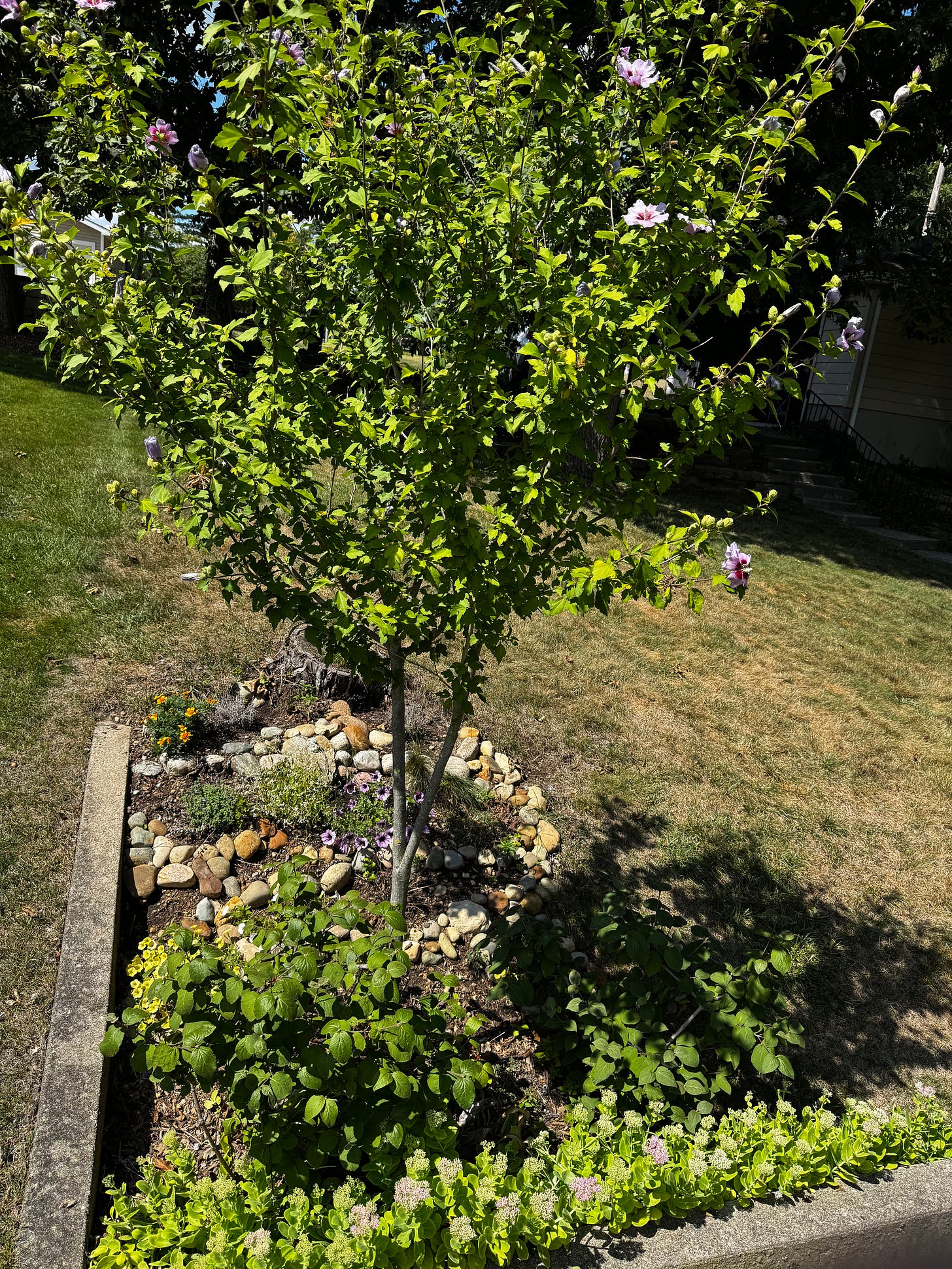
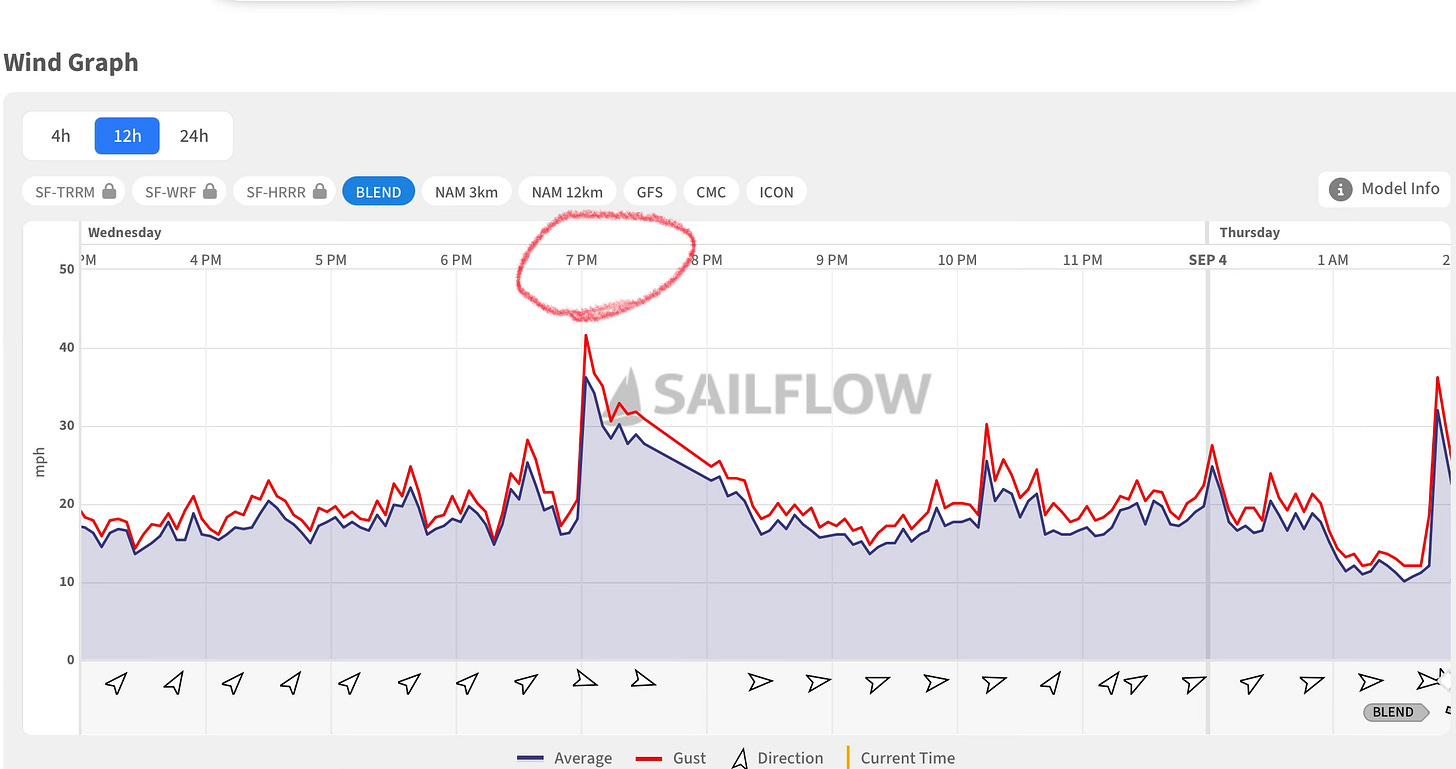
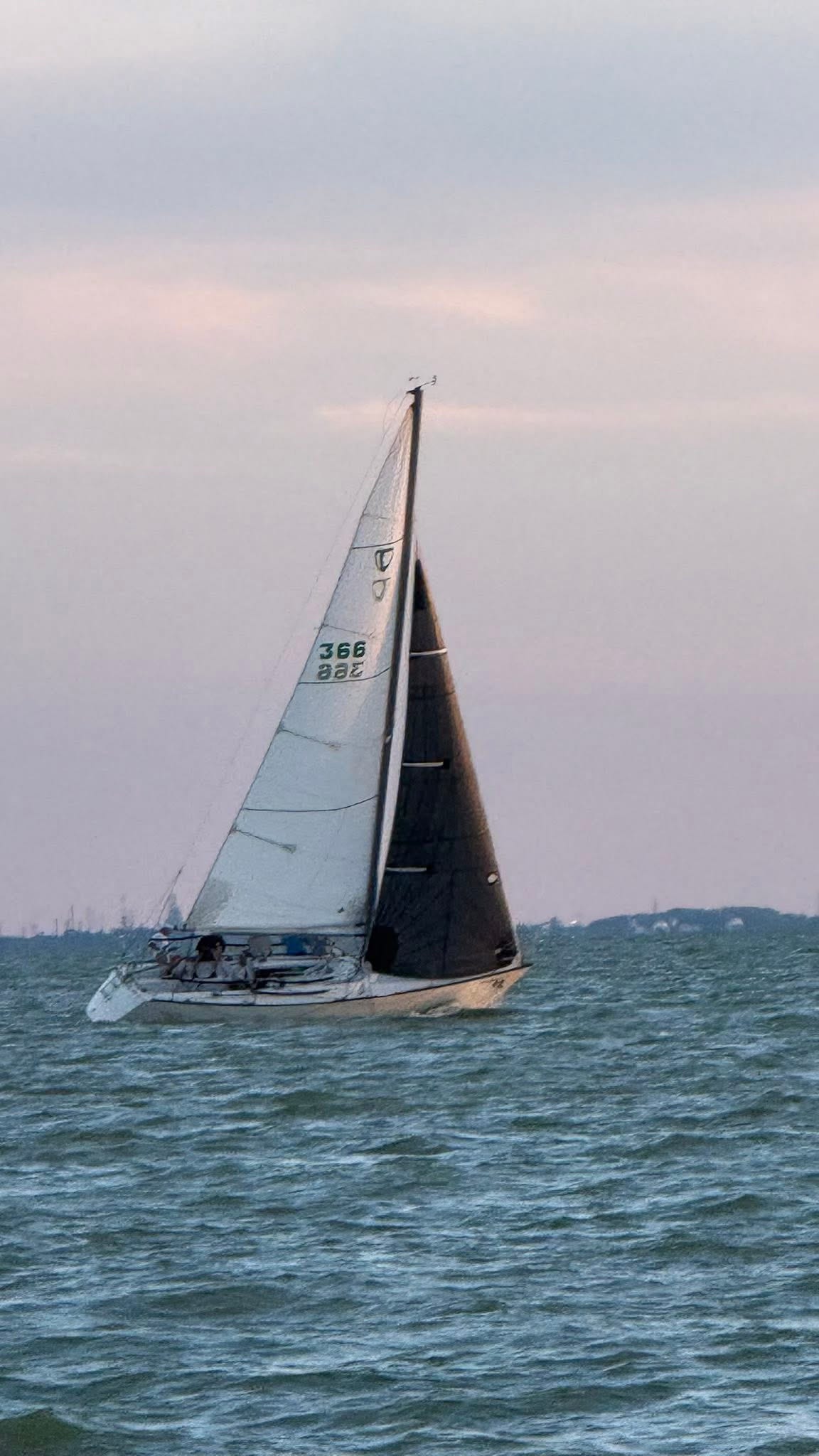


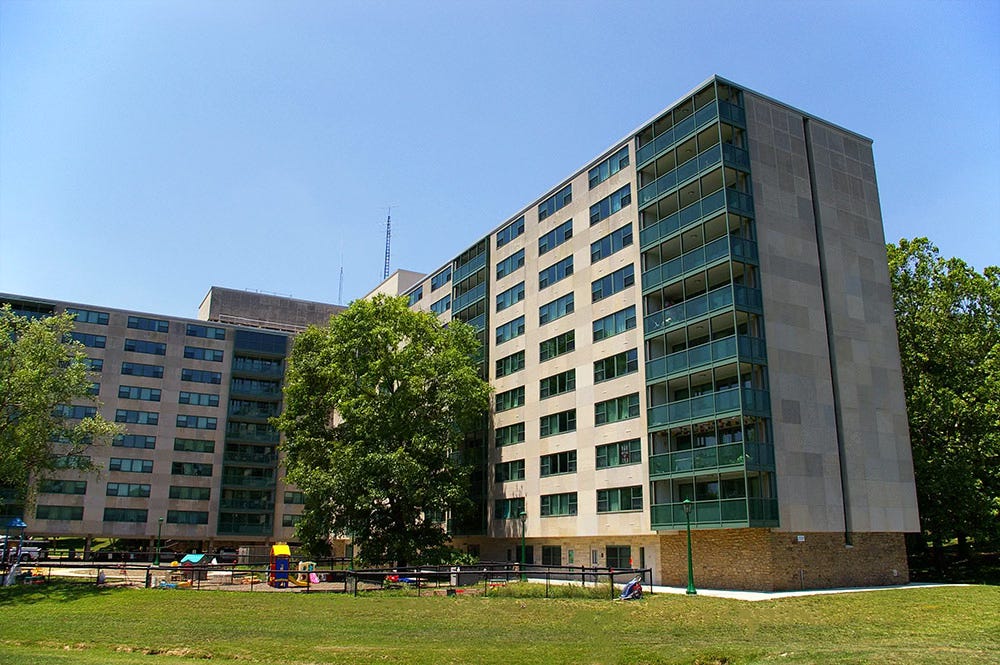

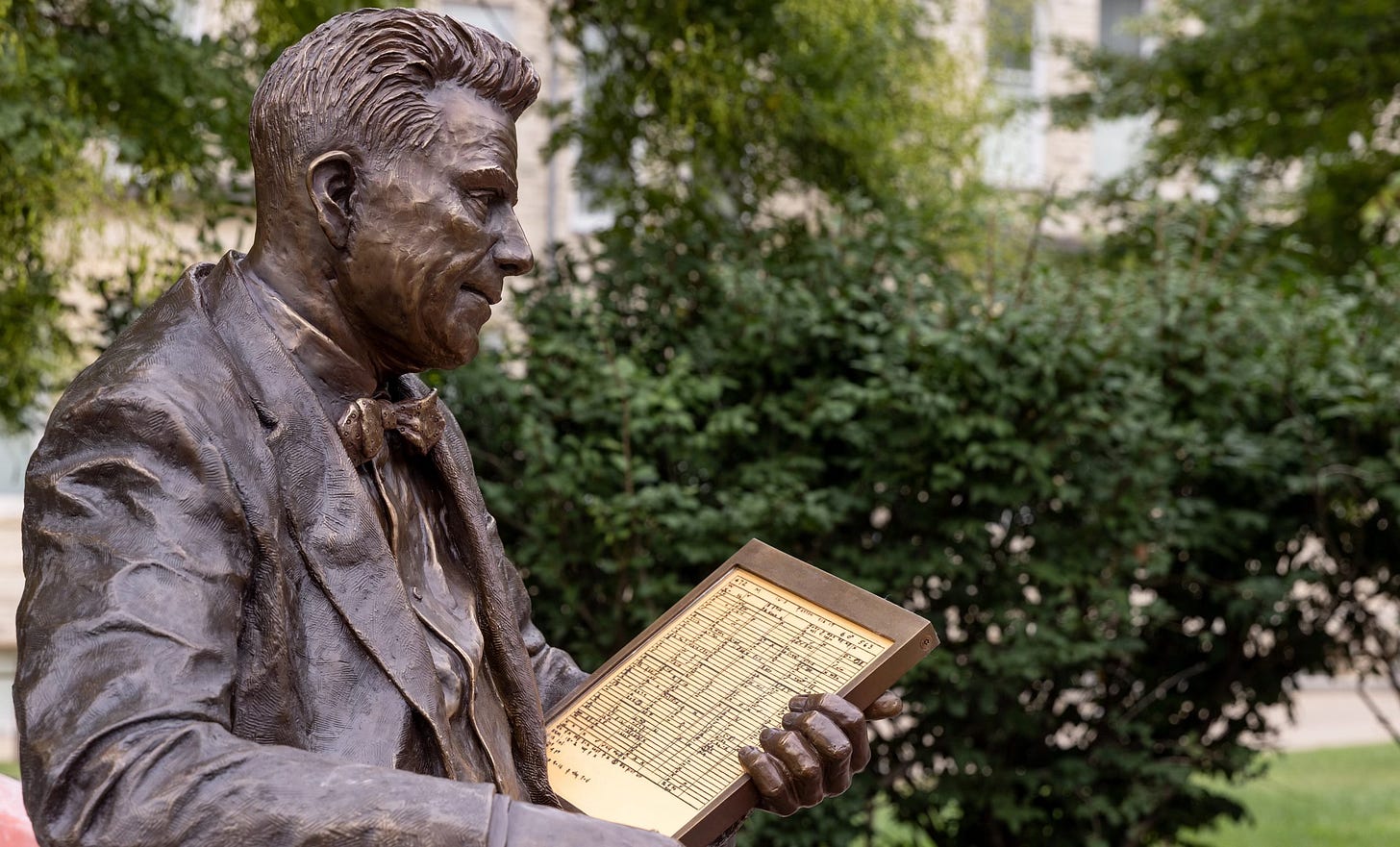
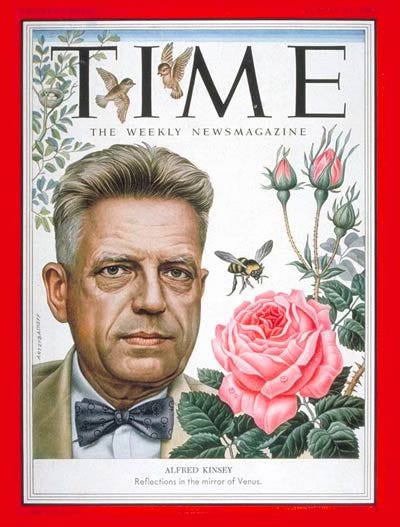

This was fun, David. Family stories are always a win, especially when so much is written about the horrors of the world. Despite them, life still moves on apace in very normal ways. Visiting the college kids and surviving a near-accident on the water. That's adventure enough for me to enjoy. Thank you, David.
We had a 1963 Dodge Dart! I thought it looked like the Jetsons and was so proud of it!